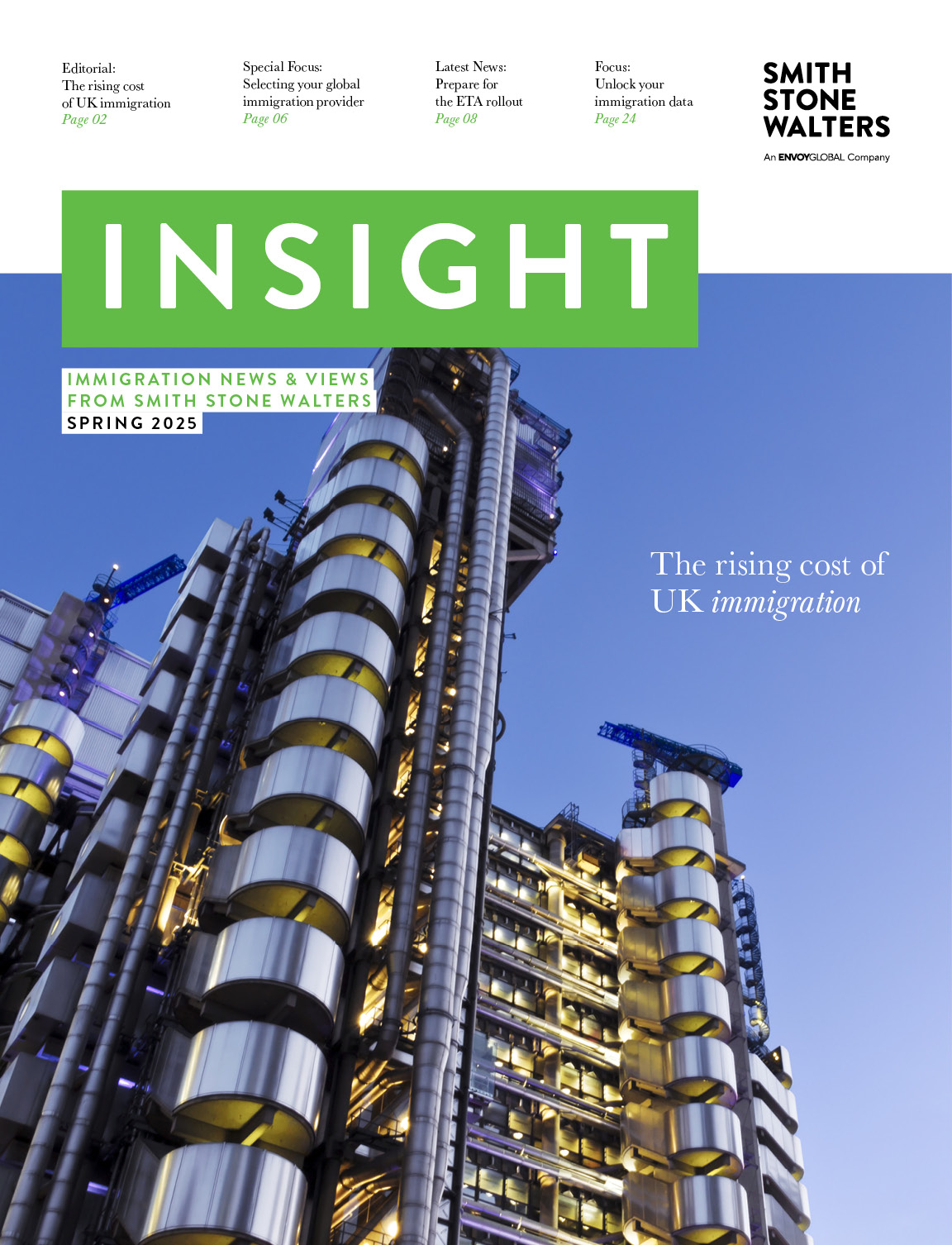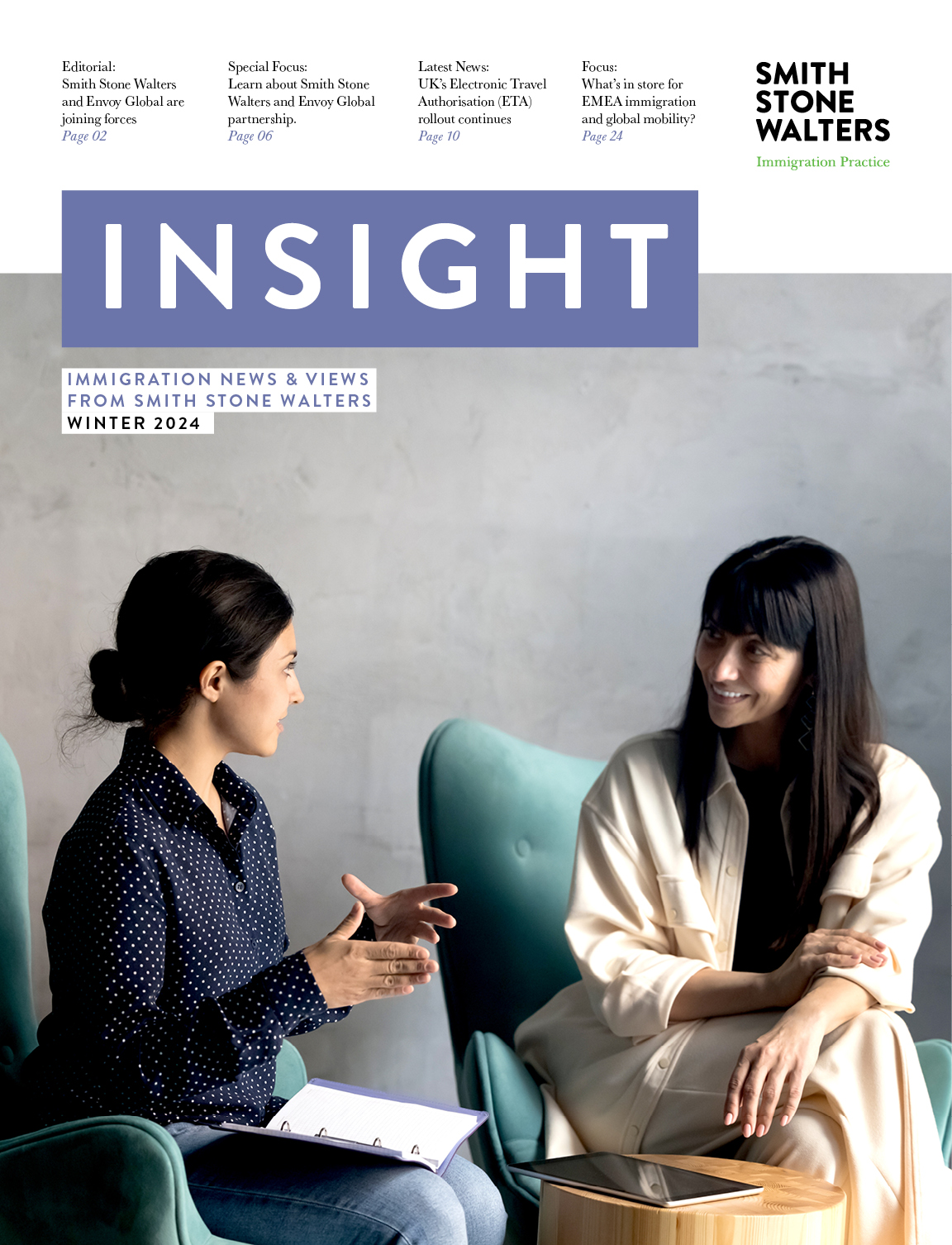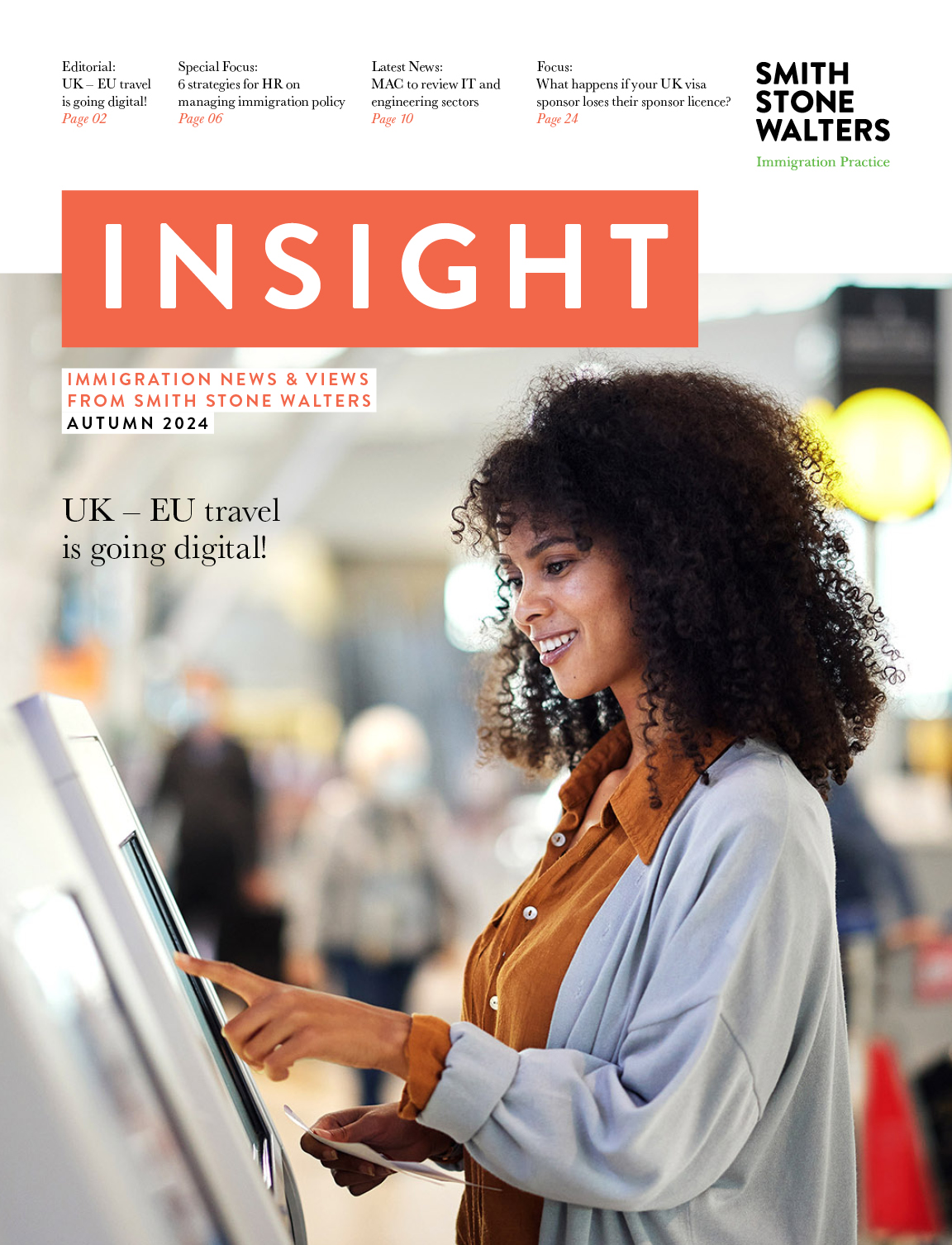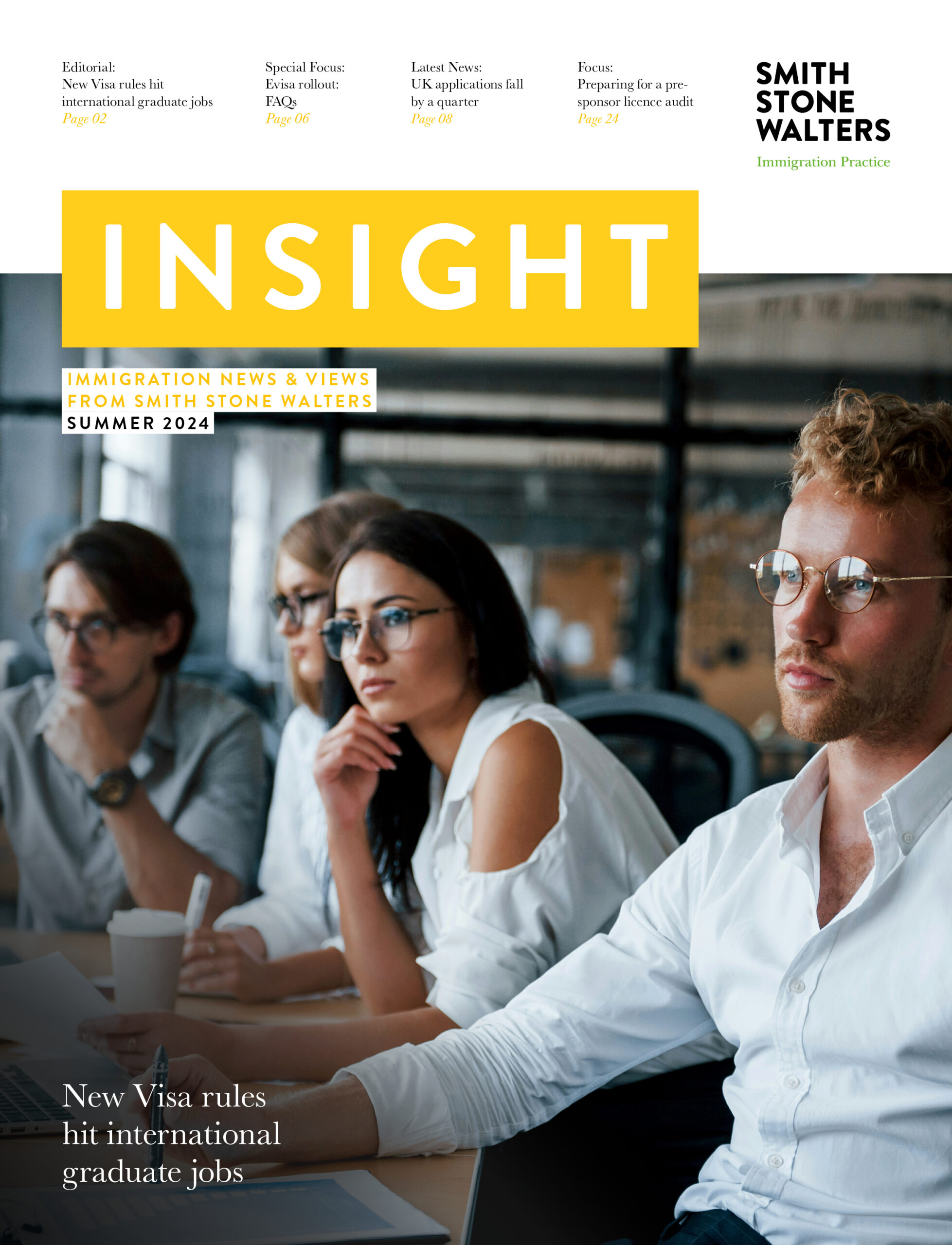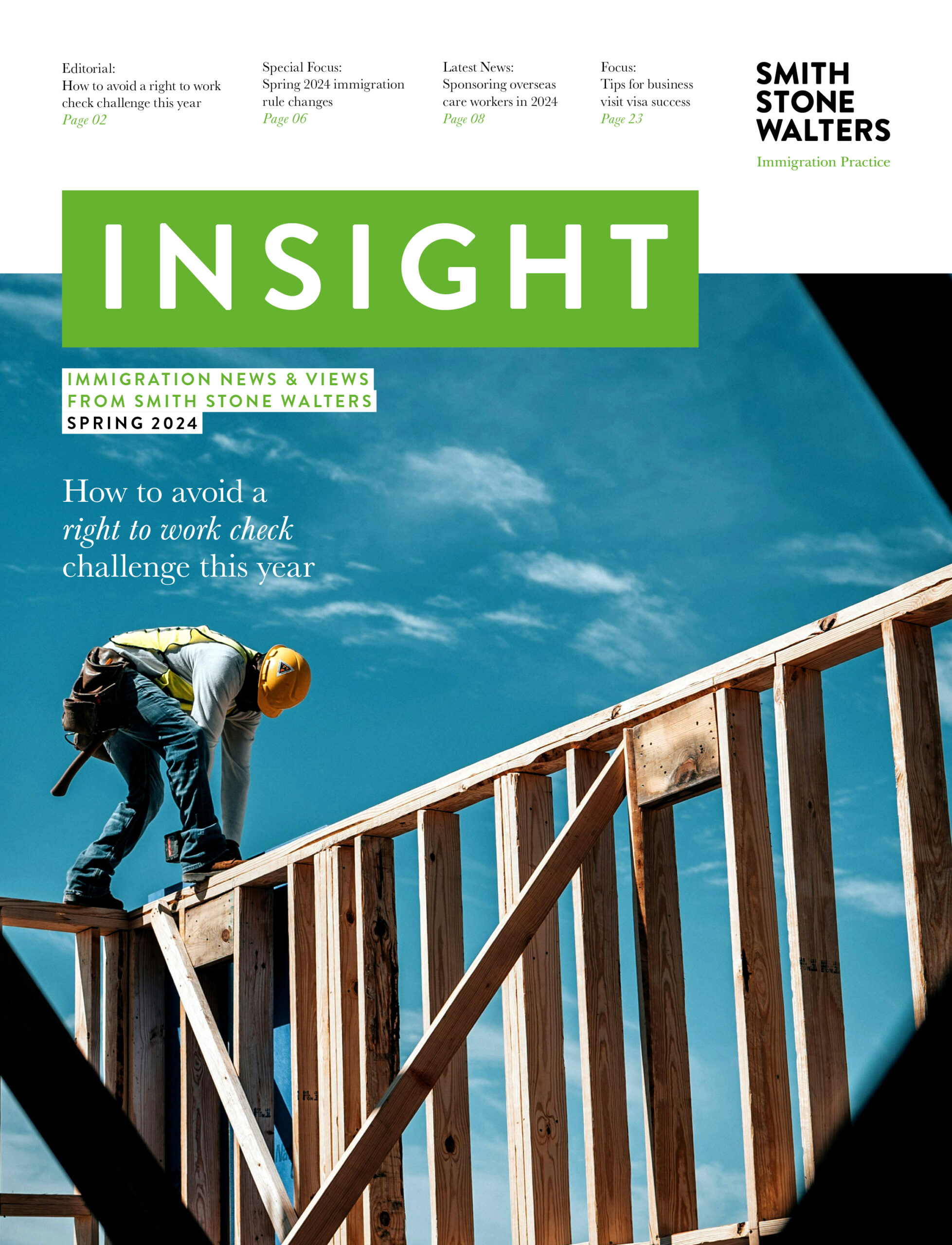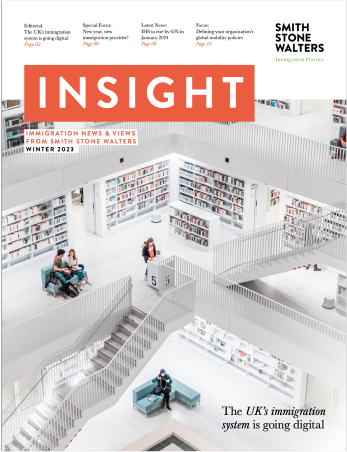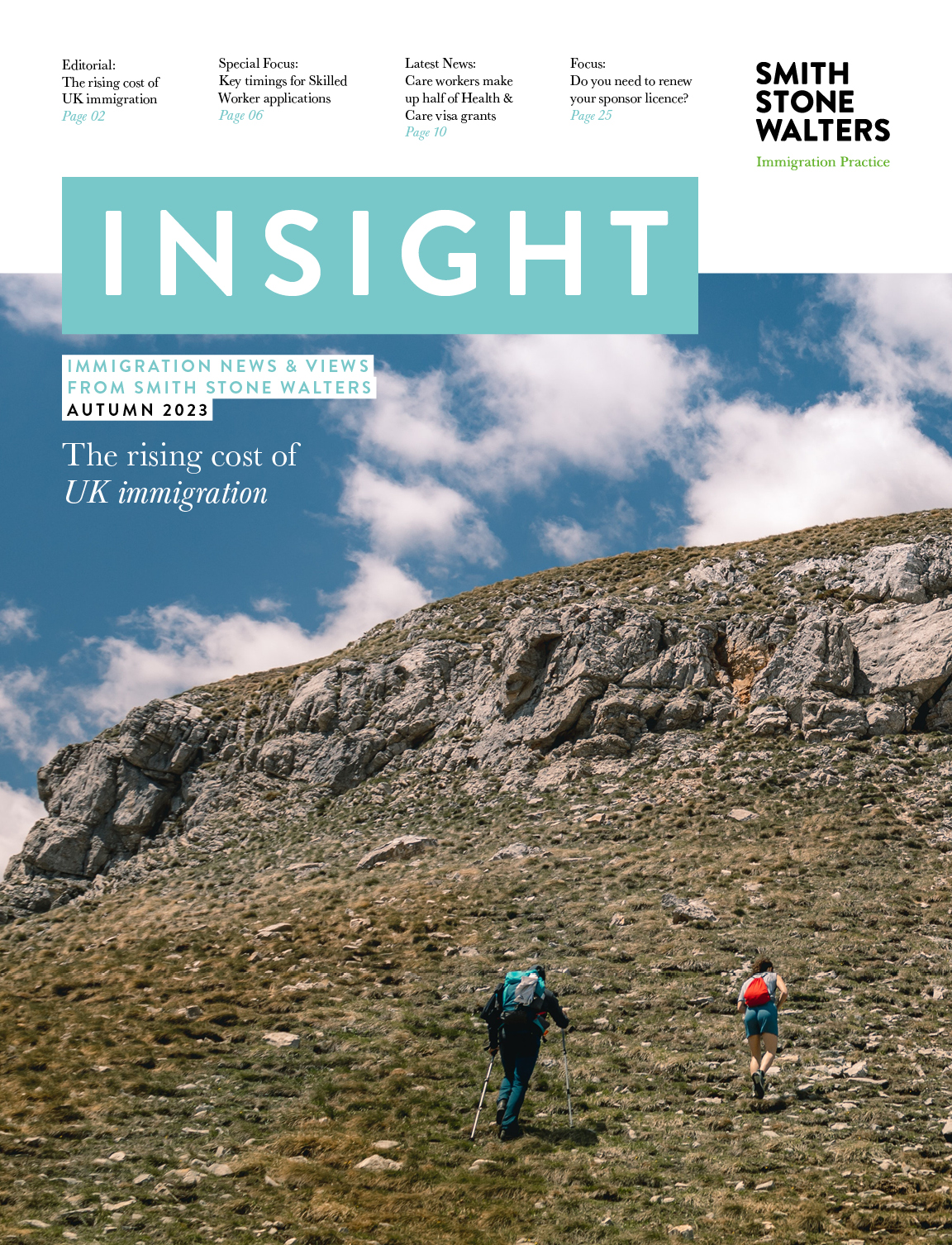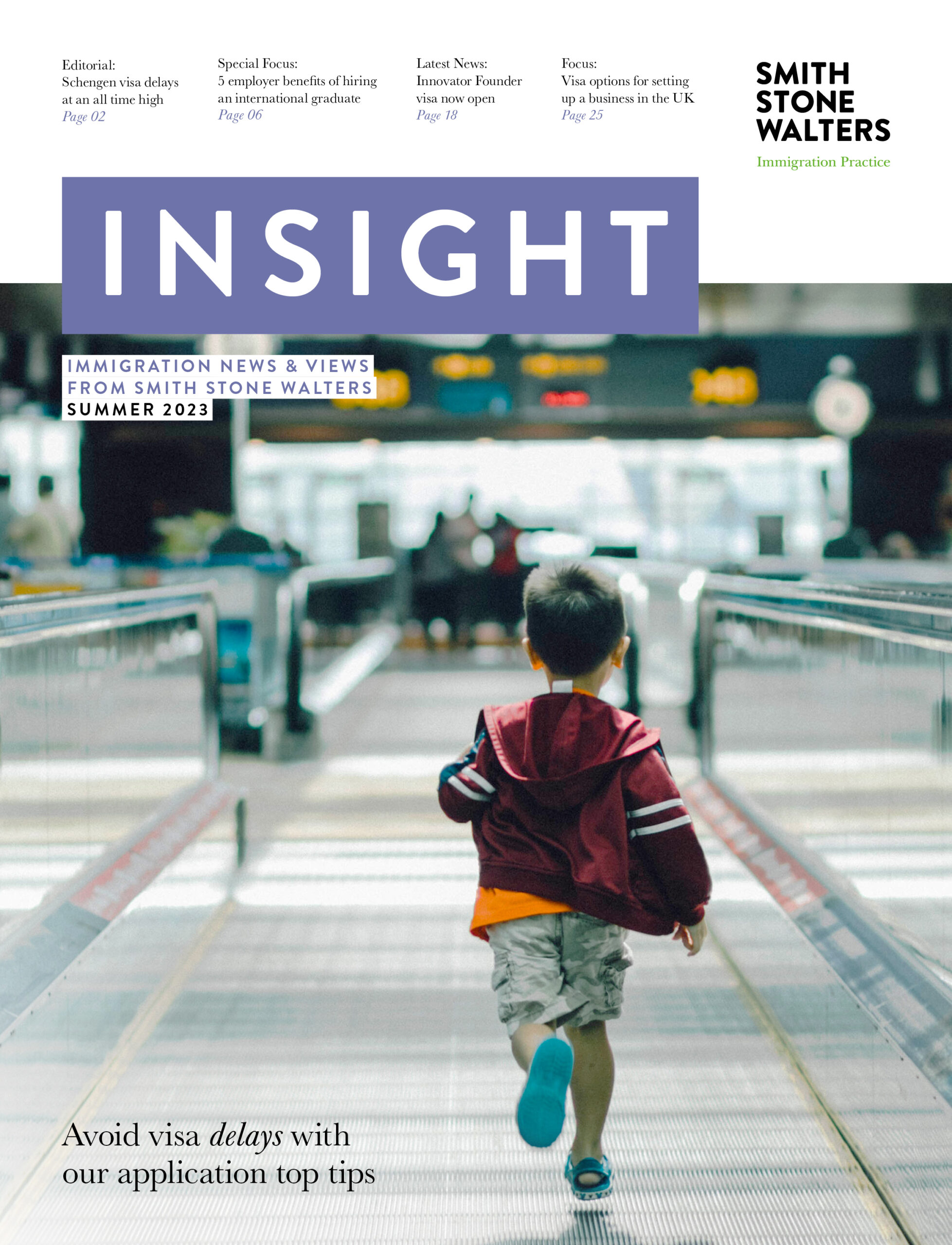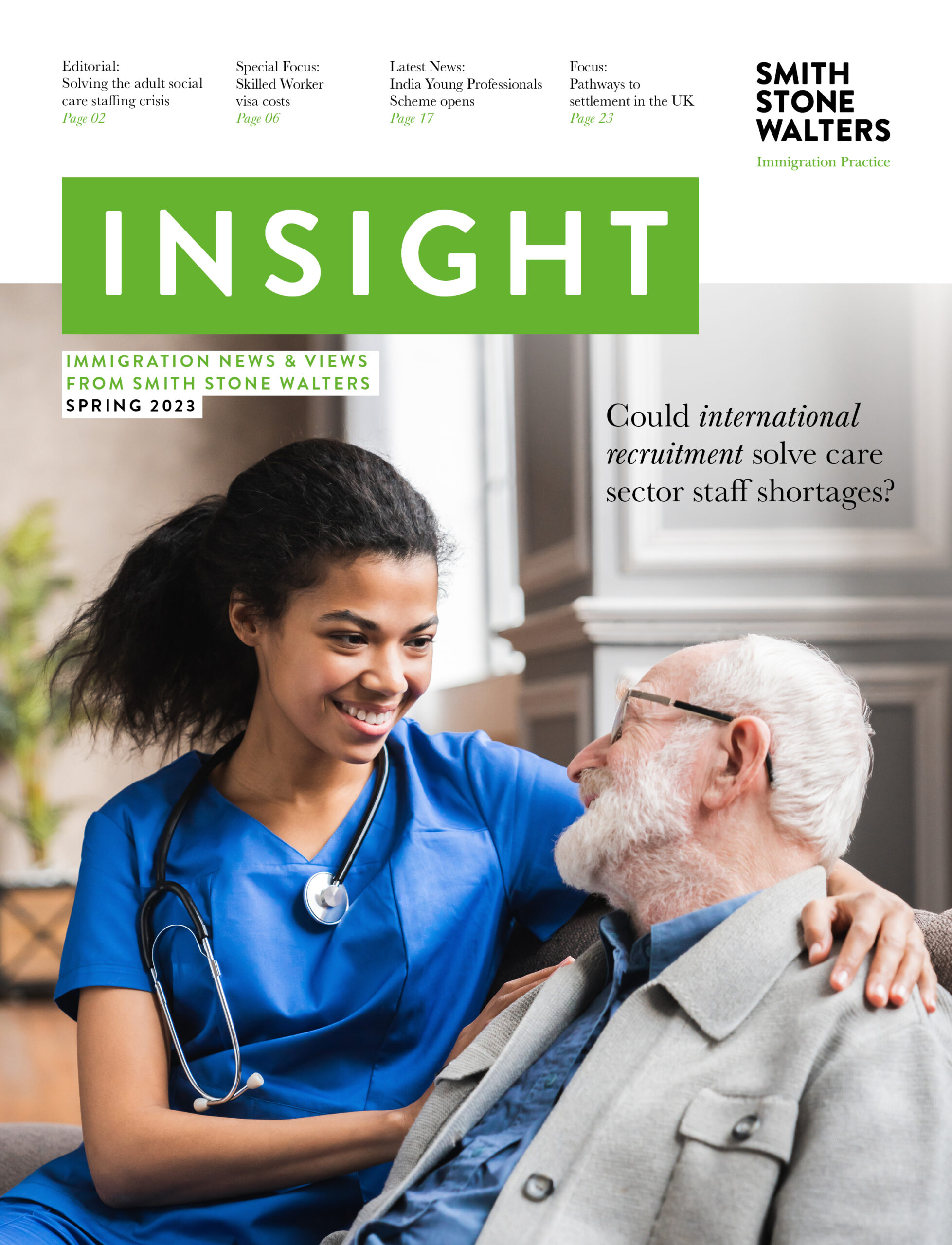New EU Entry-Exit System set to impact UK nationals travelling to Europe
UK nationals travelling to Europe next year could face long queues at the border due to new security and biometrics checks the European Union intends to introduce in mid-2022.
The European Commission is due to impose two new systems which will apply to non-EU travellers: the European Travel Information and Authorization System (ETIAS) and the Entry-Exit System (EES).
Once both systems are in operation, citizens of over 60 countries (or about 1.4 billion travellers) who can travel visa-free to the Schengen Area will need to apply for a travel authorisation before entering the territory of any of the 26 Schengen countries.
What is the European Travel Information and Authorization System?
The European Travel Information and Authorization System (ETIAS) is an electronic system that keeps track of visitors to the Schengen Area who do not require a visa to enter. The system is similar to the USA’s Electronic System for Travel Authorization (ESTA), which is an automated system used to determine the eligibility and security risk of visitors travelling to the United States.
Whilst citizens of visa-exempt countries (including UK citizens) do not need to go through the process of applying for a Schengen visa to enter the zone, the new system will allow the European authorities to check that those crossing the border are not a security threat. The ETIAS will undertake a detailed security check on each applicant to determine whether it is safe for them to enter the Schengen Zone.
In order to obtain ETIAS authorisation to enter the Schengen Area, travellers will need to complete an online application form and pay a fee. More information on the ETIAS can be found here. The ETIAS system is expected to be launched on 1 January 2022, and will be completely effective and obligatory for travellers by the end of 2022.
What is the Entry-Exit System?
The Entry-Exit System (EES) will be an automated IT system for registering travellers from third countries, both short-stay visa holders and visa exempt travellers, each time they cross an EU external border. The EES will register the traveller’s name, type of travel document, biometric data (fingerprints and captured facial images) and the date and place of entry and exit. It will also record any refusals of entry.
The EES is set to replace the current system of manually stamping passports, which is time consuming, does not provide reliable data on border crossings and does not allow the systematic detection of over-stayers. As well as protecting the security of Europe’s borders and citizens by allowing over-stayers and fraudsters to be more easily identified, the new system will make it easier for genuine third-country nationals to travel by enabling wider use of automated border control checks and self-service systems which are quicker and more comfortable for the traveller.
The EES is expected to be operational in the first half of 2022. However, it has been reported that the implementation may be delayed due to technical and organisational problems, which means the functionalisation of the ETIAS will also be delayed. More information can be found here.
Prepare for delays
Critics have warned that the new measures could lead to huge delays for UK travellers seeking to enter the EU, especially when using the ferry ports and the Channel Tunnel. UK transport bosses have also expressed concerns about the practicality and safety risks of asking travellers to step out of their vehicles in order to complete the biometric controls.
Travelling to Europe in 2022?
If your 2022 travel plans include business or tourism trips to Europe, it is important to be aware of the new post-Brexit entry rules for non-EU citizens. Smith Stone Walters is on hand to provide up to date advice and guidance on travelling to Europe, including assessing your eligibility for a Schengen visa and preparing for the new Entry-Exit system and ETIAS.
To speak to an immigration advisor, please call 0208 461 6660 or email info@smithstonewalters.com.


